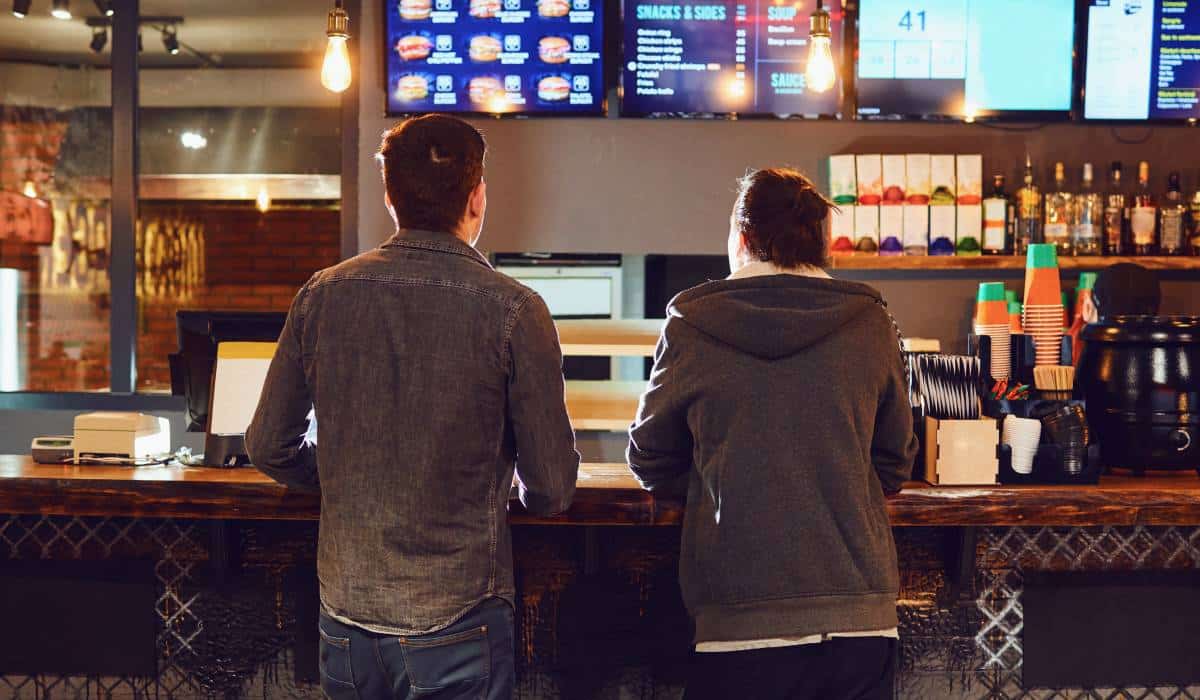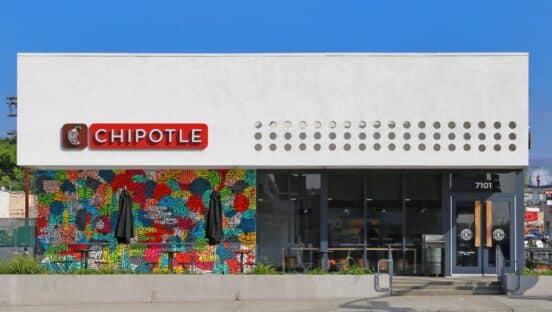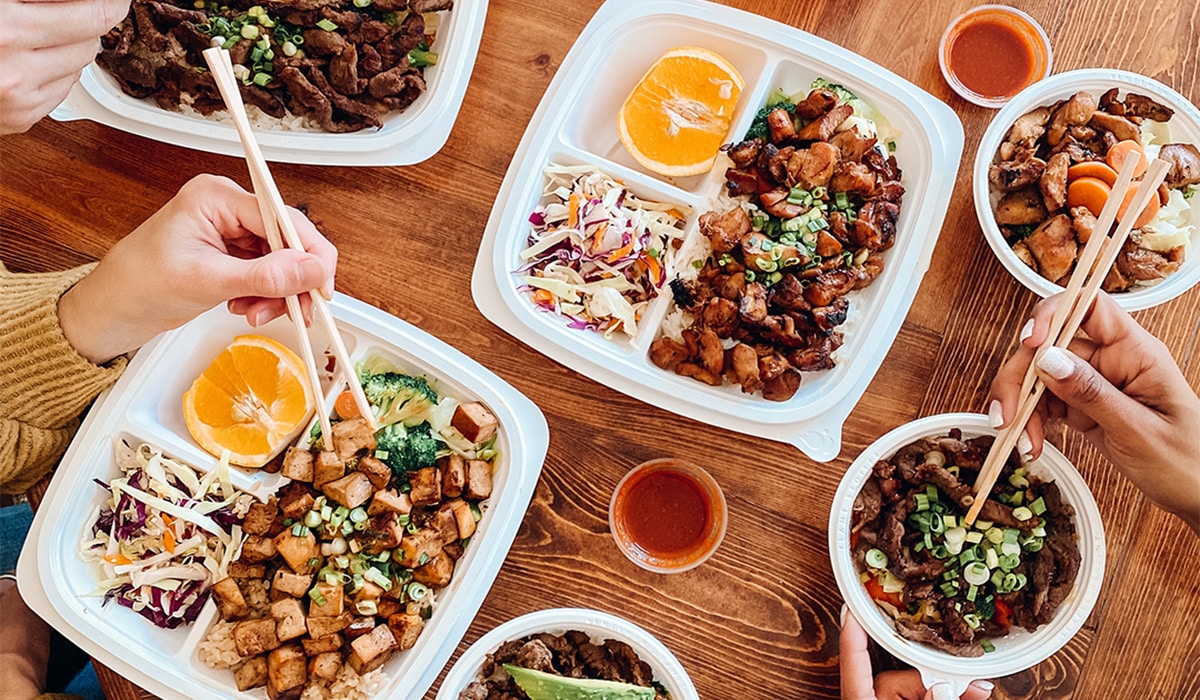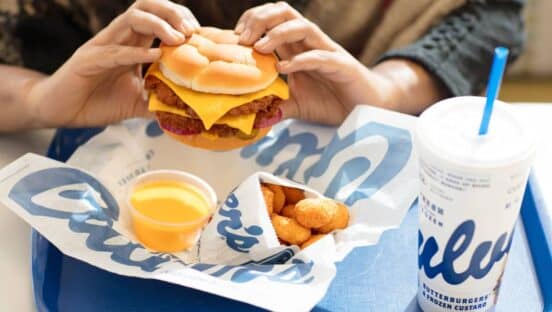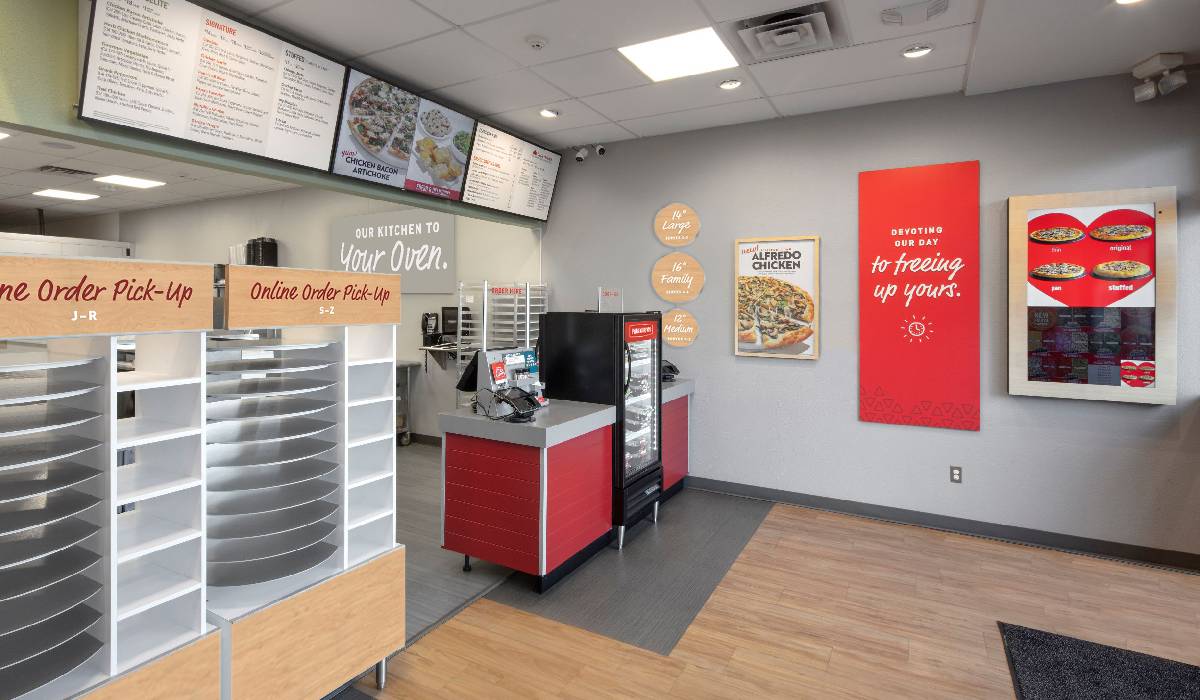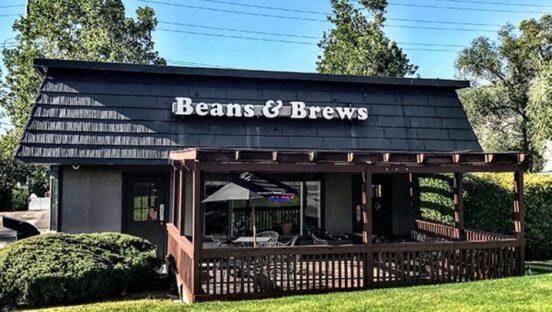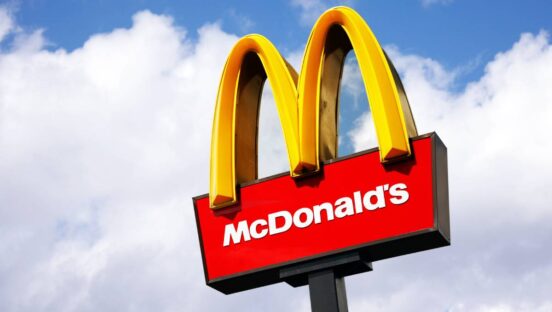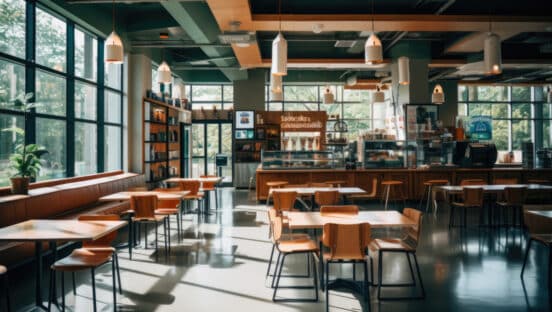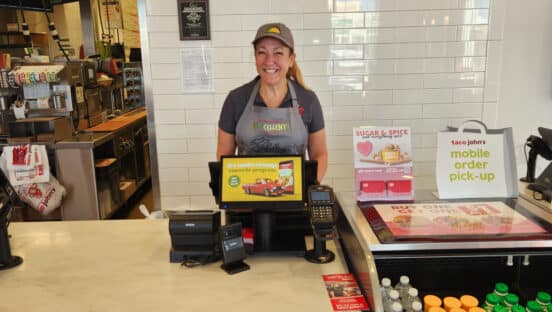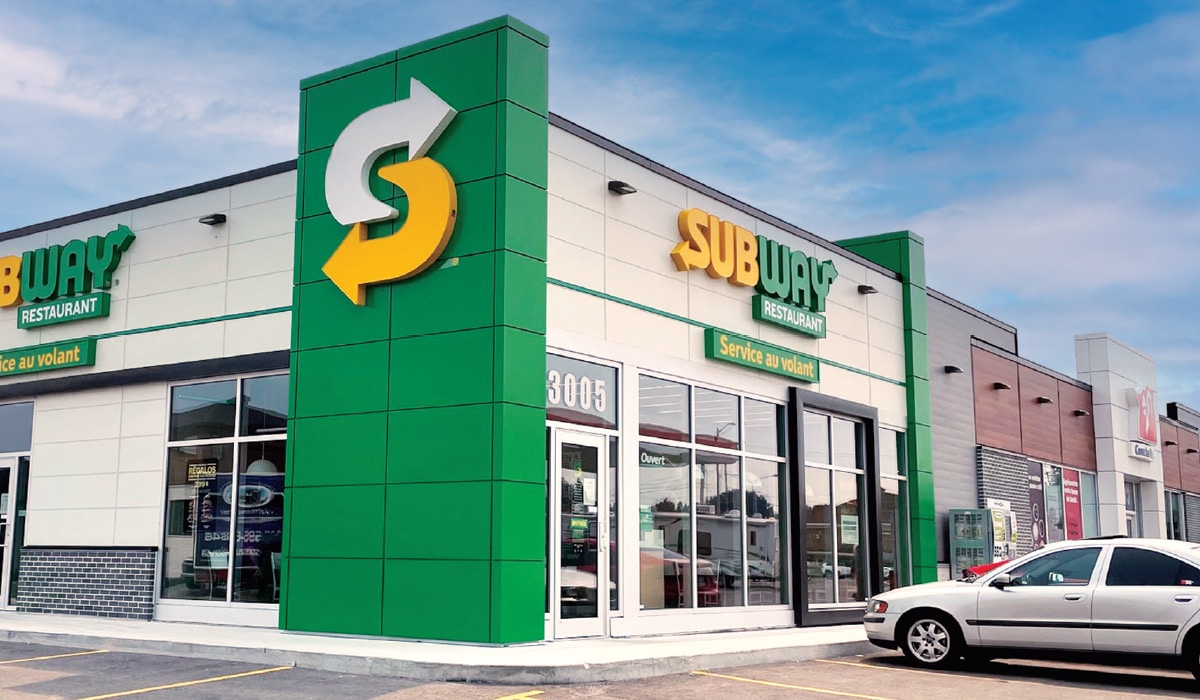How Amazon transformed the retail industry and how you can transform your restaurant business.
The retail industry has been completely transformed over the past 20 years. Amazon has been at the forefront of this transformation. Things that consumers used to tally up on a list and plan a trip to multiple stores to purchase are now conveniently dropped off on doorsteps.
Restaurant operators looking to grow their enterprise’s profits and/or location count can learn from Amazon’s entrepreneurial ingenuity and apply the lessons to running a restaurant.
Amazon’s flywheel
In 2001, Amazon’s CEO & Founder, Jeff Bezos articulated the “Amazon Flywheel.” The concept of a flywheel is that once one process in motion it produces a desired result. In turn, an increase in that desired result then kicks off a second process that ultimately boosts the same result created with the first process. Thus, compounding the impact of the goal completion.
Here are Amazon’s flywheel elements:
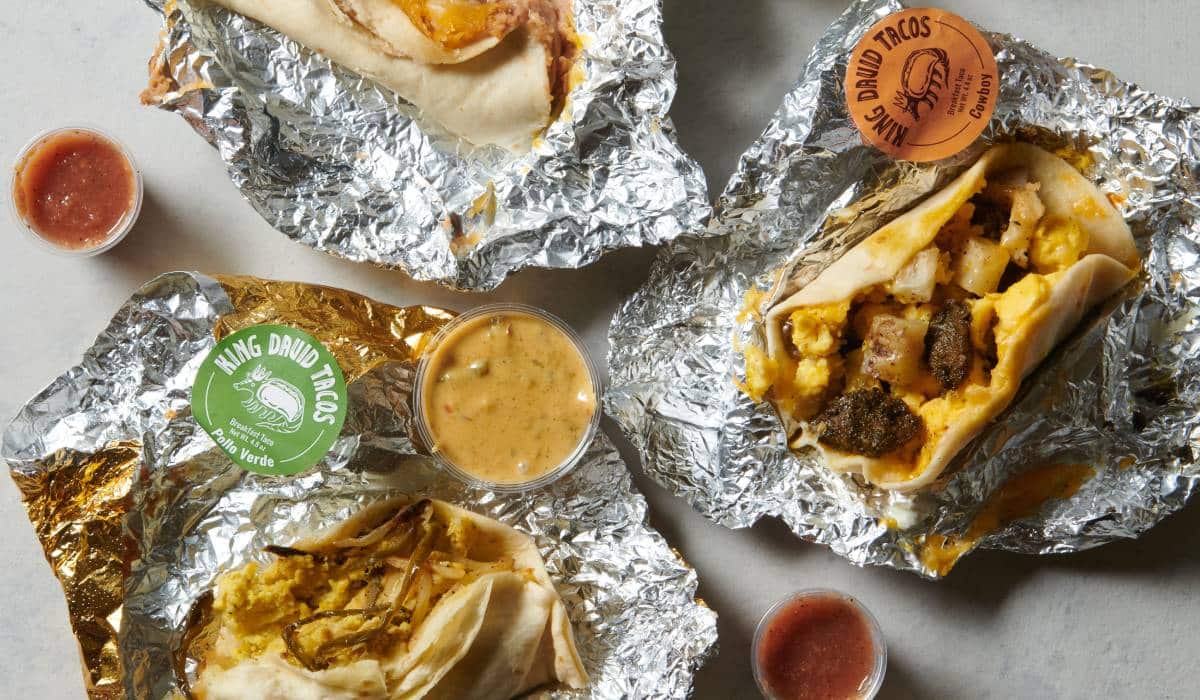
In the first of the two “wheels”, Amazon focused on creating a low-cost structure. This in turn enabled their sellers to offer products at lower prices. These lower prices created the first desired result – a great customer experience.
Second, as the customer experience improved at Amazon, word got out and increased traffic to Amazon’s marketplace. Higher traffic counts drew more and more sellers to the platform. The increase in the number of sellers in turn broadened the selection of products to shoppers on Amazon. This increase in selection improved the original desired result – a great customer experience. With the proper flywheel dynamics in place, the business transformed.
What are the flywheel elements of a restaurant business?
When the executive team, district managers, managers, and staff are aware of the flywheel elements and how they build upon each other, they can improve a restaurant’s effectiveness in each step of the process.
There are parallels to how Amazon’s flywheel principles apply to a multi-unit restaurant business, and one correlation is the first desired result. Amazon’s first desired result is a strong customer experience. For a restaurant, it is store-level profitability. A restaurant only succeeds and grows if an operator can find a way to serve great food and make money doing it.
If a restaurant can’t make money “within the four walls” of a store, it won’t be open very long. The presence of any investors, owners, future franchisees, lenders, and the future employees of future locations depend on the ability to turn a profit out of one original location. Once profitability is accomplished at one location, it can be scaled and leveraged into something that will transform the business.
So, where does a restaurant begin its flywheel? The first step in the first cycle of the restaurant flywheel is to invest in technology. To make money, operators need to be able to leverage technology to eliminate redundant tasks, track info and data, and keep everyone on the same page. The initial investment in technology might include a POS system, inventory, recipes, and scheduling.
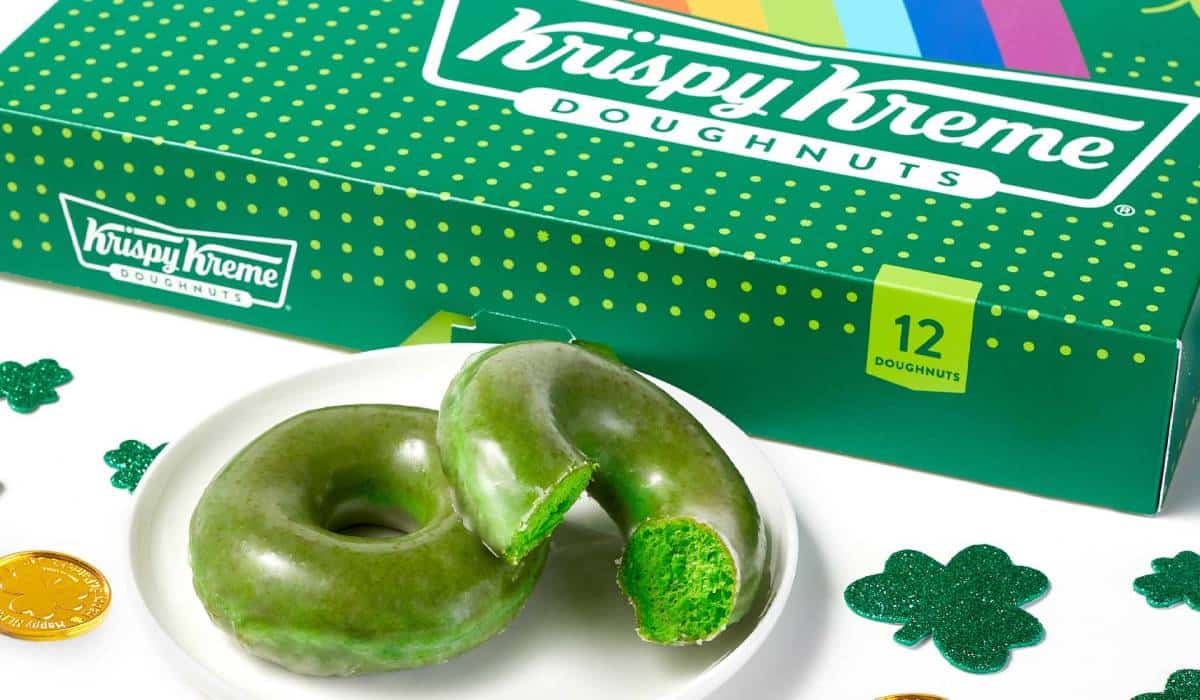
The second step in the process is effectively using this technology to achieve operational excellence. Excellent operators can accurately forecast store traffic, keep the right amount of inventory on hand for what guests will order, and staff the store with the number of employees needed to provide the guest experience expected for their brand.
By achieving operational excellence, the natural result is lower cost of goods sold (COGS) numbers and an efficient amount of labor expense on the prime cost report. These in turn produce the desired outcome of increased store profitability, completing the first cycle on the flywheel.
Once there is profitability at the store level, the second wheel is initiated to contribute to the same desired outcome that the first wheel produces. To understand this wheel, it is best to review it in reverse order (see diagram above). Start with what would contribute the most to store-level profitability. COGS and labor have already been addressed, leaving sales growth as the last element to discuss regarding prime cost.
The leading indicator of sales performance and future sales performance is a measurement of customer sentiment. Because customers make decisions based on the experiences of others, a strong experience is the precursor to increasing sales at the store level. This third step in the second wheel can be measured by the quality and quantity of customer reviews.
To garner a large quantity of quality customer reviews, restaurants must provide amazing customer experiences. Regardless of concept type, restaurants earning 1,500 4.5-star reviews on Yelp tend to provide friendly interactions, clean facilities, solid speed of service, and high order accuracy. Most of these functions are done by a person as opposed to a machine or piece of software.
Software can’t smile at customers or clean the bathrooms. People do. The remaining step in the flywheel, “employee experience,” is one of the most important because it links the two wheels together. Amazing, tenured, capable, happy, dependable people are what drive excellent guest experiences – which lead to great customer reviews, which lead to more sales – which drives top line revenue.
The key is to redirect the profits achieved through operational excellence to invest it in employees by offering higher salaries and building a great culture that promotes long tenure at your business. Experienced, happy employees drive increased sales.
Now, go back to the original questions – does your team understand these dynamics? How effectively is each step working in your business? Which steps could use some attention? The better your restaurant understands these relationships along the flywheel and works to dial them in, the sooner you will be able to “step back” to an extent and watch growth unfold in your business.
Morgan Harris is the Co-Founder and Chief Customer Advocate at Restaurant365.

